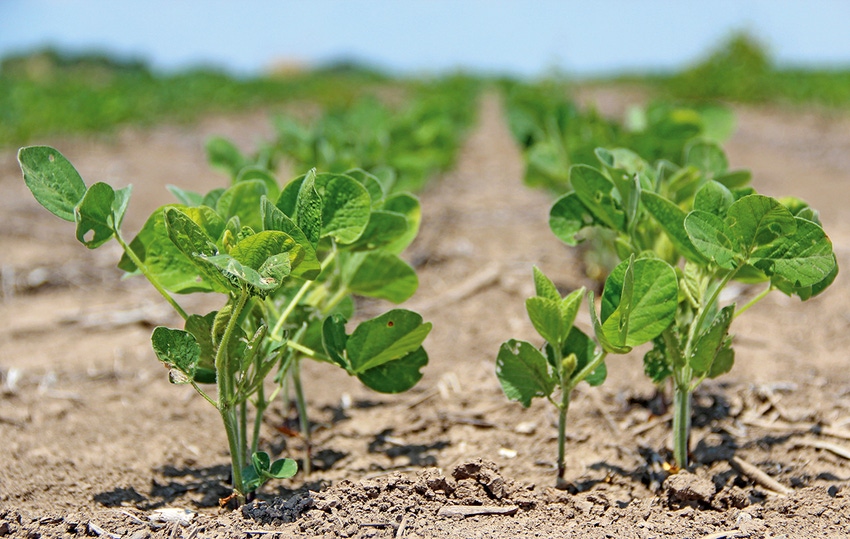
SoyMAP, a computer modeling tool designed to assist in a variety of producer decisions, continues to make in-roads in the Mid-South. To help explain the program’s abilities and ease of use, a comprehensive video is now online.
Announced at the Tri-State Soybean Meeting in January, SoyMAP “is strictly for the region where it was developed,” says Larry Purcell, University of Arkansas professor. “So, the target area is the Mid-South and from Columbia, Mo., to College Station, Texas. Likewise, all of our experiments were conducted under irrigated conditions, and SoyMAP is intended for use for irrigated production systems.
“There is a similar tool that Iowa State has available. It is mostly for the state of Iowa but dips down into Missouri and up into Minnesota. Of course, that tool should only be used for that specific region.”
The new video – featuring Purcell and Mike Popp, University of Arkansas agricultural economist - shows how SoyMAP “allows producers to compare two maturity groups ranging from a 3.0 to a 6.7. They can evaluate potential yield and economics between those two maturity groups when planted in weekly timespans from the end of March all the way to the end of June.
“The economics take into account the selling price and maturity date – when the crop is expected to mature. It takes into account the estimated amount of irrigation that would need to be applied to the crop. It also predicts the phenology of the crop; when first flower begins, when seed-fill begins and when the crop is mature.
“The predictions are based on a crop simulation model for 11 locations across the Mid-South using 30 years of weather data for each location.”
Crop model
Purcell and colleagues have used the results from the irrigated field experiments to come up with a crop model “that takes into account how the crop responds to the environment over this large region. This includes the crop response to photoperiod, temperature, light intensity, fertility, and soil moisture. The power of the crop model is that we can go back and look at historical weather data over a long time and predict what the yield was over planting dates, maturity groups and different locations. Once you have the large database with 30 years of weather data you can find some really interesting things.”
SoyMAP (short for Soybean Maturity, Analysis, and Planning) “can be used on your farms to determine the best-choice maturity group for your location when you plant on a specific date.”
Purcell says the economic side of the program shouldn’t be overlooked. “SoyMAP bases profits or revenue using the harvested yield and the seasonal change in seed price. We’re harvesting on different dates and the market is in flux. We look at oil and meal premiums or discounts. The expenses include differential irrigation requirements when we have different planting dates or maturity groups. We hold constant our seed, fuel, fertilizer equipment and chemical costs.”
Asked to comment on how the current winter lines up with those in the 30 years’ worth of SoyMAP data, Purcell says “I haven’t had a chance to check on that but, yes, it would be (interesting. 2016) has been a very strange year, so far. There’s basically been no winter. Hopefully, within those 30 years, there would be something comparable. There’s certainly been weird weather caused by former El Nino’s.”
About the Author(s)
You May Also Like




